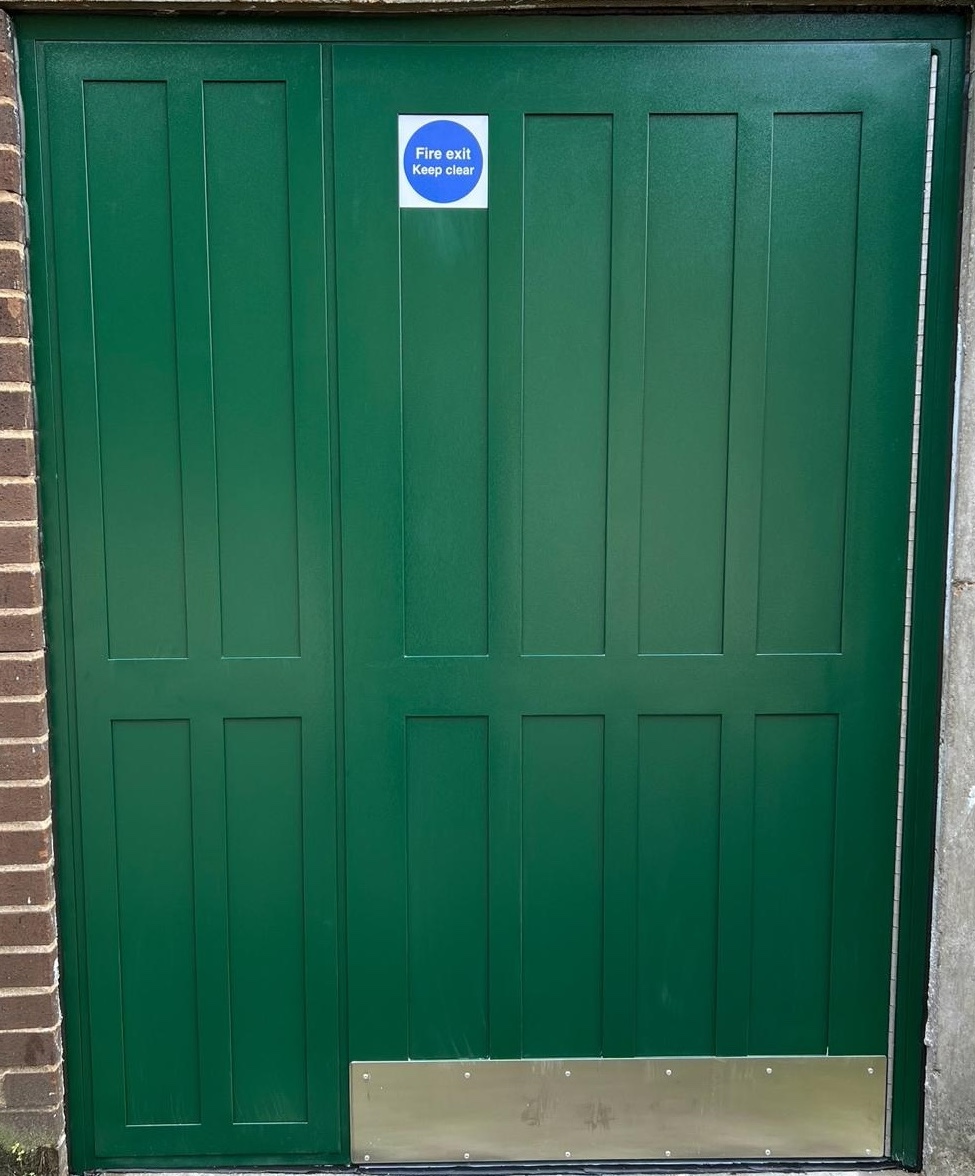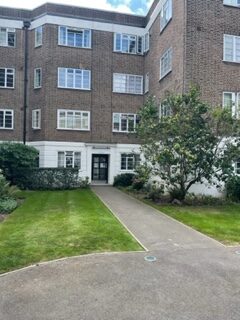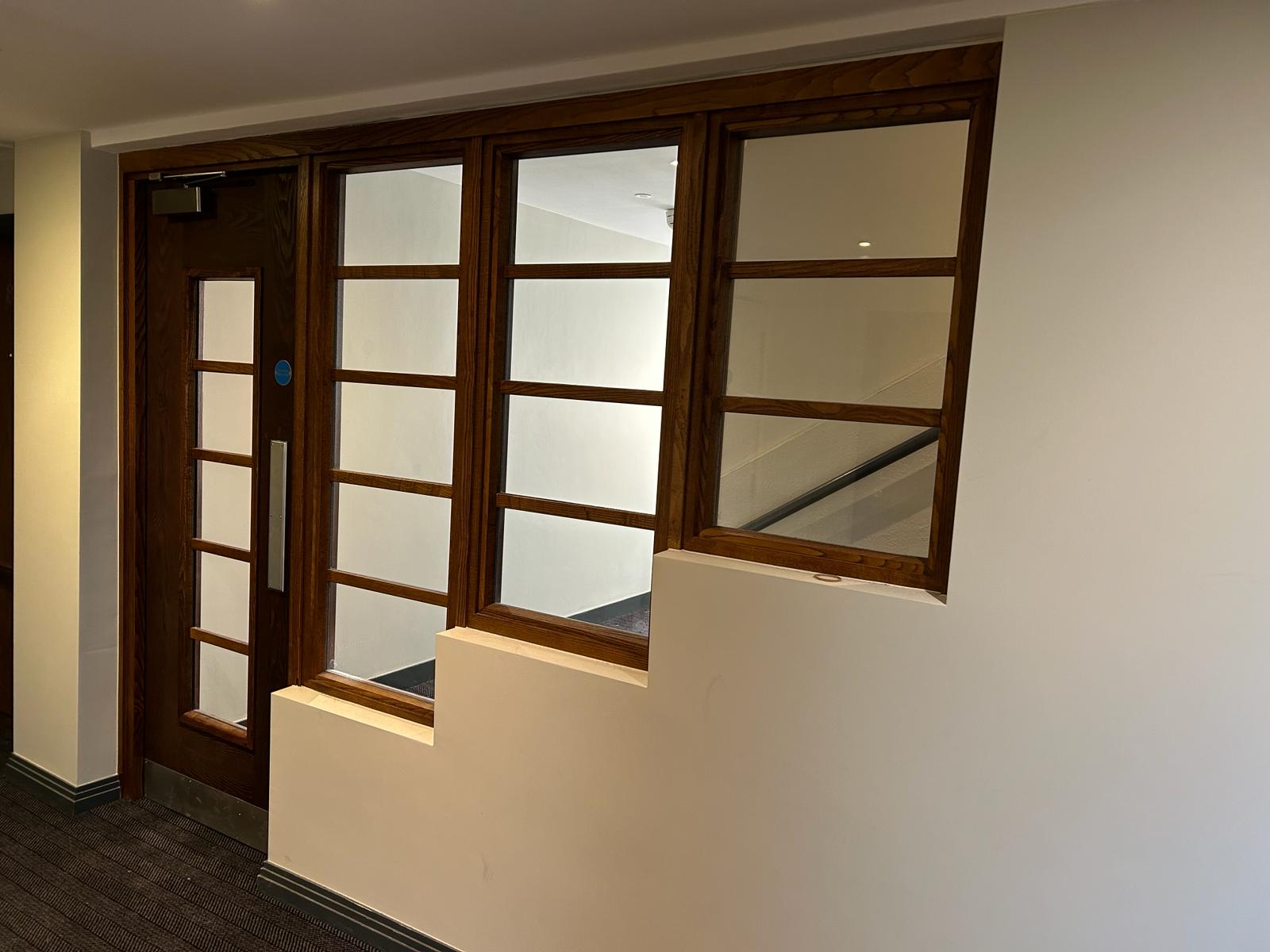When specifying any element of a building, fire safety is a crucial consideration – and it’s particularly important in the selection of doors. That’s because fire doors carry out two essential roles: to compartmentalise a building to delay the spread of fire and smoke from one area to another, and to provide a means of escape.
Fire doors are required in most new-build and existing properties. This applies to every commercial, public and multiple-occupancy building, as well as some domestic properties.
With the support of Jon Gorf, Technical Consultant at BWF Certifire, this post helps to provide you with information on how to identify compliant fire doors and doorsets.
Which regulations are relevant to fire doors?
Existing buildings, other than domestic properties, are governed by the requirements of the Regulatory Reform (Fire Safety) Order: 2005. This is also known as the RRO or FSO.
The Order provides a minimum fire safety standard and, in workplaces, designates the employer as the Responsible Person (RP). The RP is required to carry out certain fire safety duties, including ensuring the general fire precautions are satisfactory and carrying out a fire risk assessment.
Regulation 38 of the Building Regulations (England and Wales) is also important. It links the Building Regulations to the RRO for those buildings to which the RRO applies, and requires that fire safety information be passed to the ‘responsible person’ at the completion of a project, or where the building or extension is first occupied.
BS 8214:2016 gives recommendations for the specification, installation and maintenance of timber-based fire doors and, when choosing a fire door, specifiers should select products that have been demonstrated to meet these minimum standards.
Approved Document B of the Building Regulations also provides guidance on fire safety in England, and it includes specific requirements for fire doors in a variety of situations.
The requirements in Scotland, Wales and Northern Ireland are, in most cases, similar to the English regulations, although there are differences. For more information, please refer to these resources:
Scotland – The Building Standards technical handbooks
Wales – The Approved Documents for Wales
Northern Ireland – Building Regulations in Northern Ireland
Testing fire doors
Fire door manufacturers are required to provide proof that their products can resist the passage of fire.
The testing is carried out according to BS 476 Part 22 (or the European equivalent BS EN 1634 Part 1). Once the testing is complete, the doors receive a rating based on how long they can be expected to resist a fire. The ratings are:
● FD30 – 30 minutes
● FD60 – 60 minutes
● FD90 – 90 minutes
● FD120 120 minutes
Testing is done through independent assessment and testing, and it’s important to note that fire tests are carried out on an entire unit – not the individual components. It’s how all the elements work together to stop the spread of fire that matters, so a complete assembly – comprising the frame, glazing, fire and smoke seals and essential ironmongery – is always tested.
Certification schemes
How can manufacturers demonstrate fire door performance? They could make a self-declaration or provide test certificates – but these can’t always be trusted. That’s why third-party certification is the best choice. It verifies a fire door’s design, performance, manufacturing process and quality assurance.
For specifiers, one of the best ways to ensure compliance is to look for products that have been certified by Exova BM Trada’s Q-Mark fire door manufacture scheme.
This scheme was established to provide independent reassurance to specifiers and purchasers that products meet the building regulations and are manufactured to a consistent quality.
In regards to fire doors, the Q-Mark not only demonstrates that the door meets the minimum requirements of the building regulations, but it also provides additional reassurance that products are fit for purpose through on-going compliance to the original product specification.
Another such certification scheme is the BWF-CERTIFIRE Fire Door and Doorset Scheme. It is operated and managed by the British Woodworking Federation (BWF) and was established as a partnership with Warrington Certifire Ltd.
Once a fire door or doorset has been certified, the manufacturer will be able to mark the product with the certification information, and specifiers can double-check the details with the relevant scheme.
Installation and maintenance
As discussed above, a fire door’s compliance will be based on its performance as an entire unit, rather than its individual components. But even after a door or doorset has been purchased, there’s still more to think about.
The performance of a fire door will also depend on how it is installed and maintained. After all, improper installation or poor maintenance could render a door’s ability to prevent the spread of fire inadequate.
That’s why BM TRADA has also established certification schemes for the installation and maintenance of fire doors. These schemes help to ensure that fire resistance capabilities are maintained, and provide a means to demonstrate that the installation meets the required standards.
Here at Soundcraft, our fire doors are compliant with British Standard testing and supported by the Q-Mark fire door manufacture scheme. Every door will carry a Q-Mark plug located on the top edge, giving the assurance required. To find out more, please view our range of fire doors and doorsets.
Sources:
http://www.bwfcertifire.org.uk/knowledge-centre/regulations
http://www.bwfcertifire.org.uk/what-is-bwf-certifire
http://www.bwfcertifire.org.uk/fire-door-safety
http://www.bwfcertifire.org.uk/assets/bw634-certification-fc.pdf
http://www.bwfcertifire.org.uk/knowledge-centre/fire-doors
https://www.jbkind.com/blog/do-i-need-fire-doors-in-my-home
https://firedoorsdirect.co.uk/3502-how-to-ensure-fire-door-compliance/
http://www.firesafe.org.uk/regulatory-reform-fire-safety-order-2005/
‘With the support of the British Woodworking Federation, this post helps to provide you with information on how to identify compliant fire doors and doorsets.’




